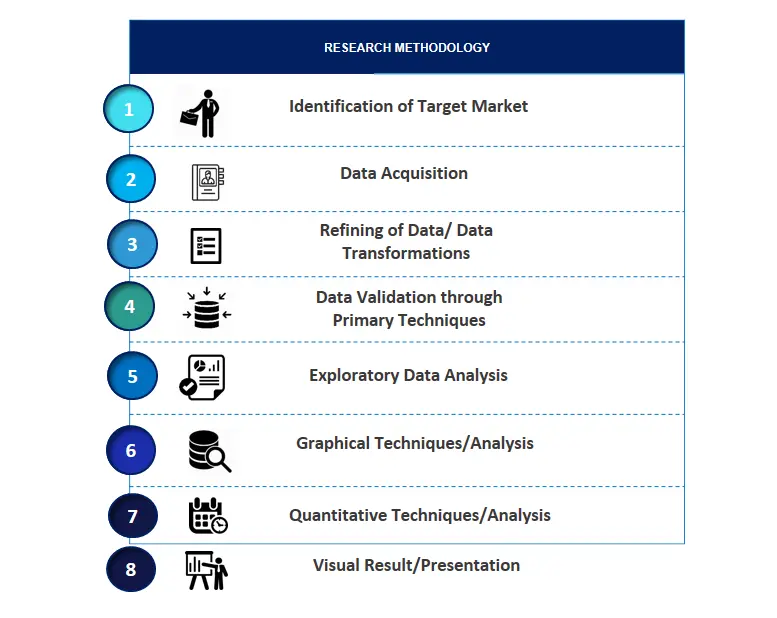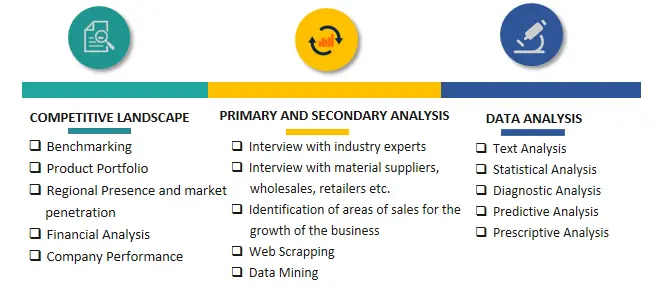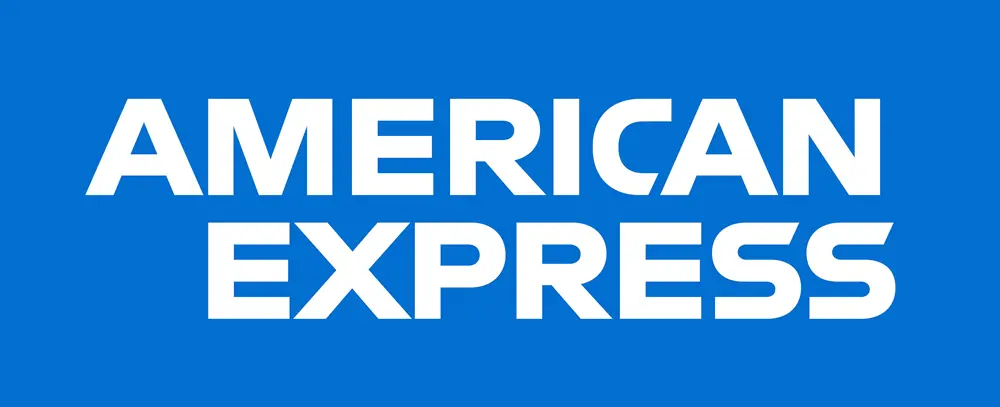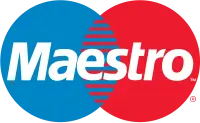
Japan PVC Pipe and Fittings Market Growth, Trends, Size, Share, Revenue and Future Scope 2032
Japan PVC Pipe and Fittings Market Size- By Type of Pipes, By Application, By Market Structure, By Material- Regional Outlook, Competitive Strategies and Segment Forecast to 2032
| Published: Mar-2023 | Report ID: CHEM2347 | Pages: 1 - 104 | Formats*: |
| Category : Chemical & Materials | |||


| Report Metric | Details |
| Market size available for years | 2019-2032 |
| Base year considered | 2021 |
| Forecast period | 2022-2032 |
| Segments covered | By Type of Pipes, By Application, By Market Structure, By Material. |
| Regions covered | Chubu, Kanto, Kinki, Okinawa, Others. |
| Companies Covered | Kaneka Corporation, Mitsubishi Chemical Corporation, Sekisui Chemical Co. Ltd., Shin-Etsu Chemical Co. Ltd, Taiyo Vinyl Corp. |
- Construction companies and contractors
- Plumbing and piping companies
- Municipalities and government agencies responsible for infrastructure development
- Distributors and wholesalers of building materials
- Engineers and architects involved in construction and infrastructure projects
- Real estate developers and property management companies
- Manufacturers of PVC pipes and fittings
- Retailers and online stores selling building materials and plumbing supplies
- RPVC
- PVC
- CPVC
- Agriculture
- Cable Protection
- Construction
- Sewerage
- Water Supply
- Organized Market
- Unorganized Market
- Lubricants
- Pigment Base
- Plasticizers
- PVC Resin
- Stabilizers
- Chubu
- Kanto
- Kinki
- Okinawa
- Japan PVC Pipe and Fittings Market Size (FY’2019-FY’2032)
- Japan PVC Pipe and Fittings Market Overview
- Segmentation of Japan Plastic Pipes and Fittings Market By Type of Pipes (RPVC, PVC, CPVC)
- Segmentation of Japan PVC Pipe and Fittings Market By Application (Agriculture, Cable Protection, Construction, Sewerage, Water Supply, Others)
- Segmentation of Japan PVC Pipe and Fittings Market By Market Structure (Organized, Unorganized Market)
- Segmentation of Japan PVC Pipe and Fittings Market By Material (Lubricants, Pigment Base, Plasticizers, PVC Resin, Stabilizers, Others)
- Statistical Snap of Japan PVC Pipe and Fittings Market
- Growth Analysis of Japan Plastic Pipes and Fittings Market
- Problems and Challenges in Japan PVC Pipe and Fittings Market
- Competitive Landscape in the Japan PVC Pipe and Fittings Market
- Impact of COVID-19 and Demonetization on Japan PVC Pipe and Fittings Market
- Details on Recent Investment in Japan PVC Pipe and Fittings Market
- Competitive Analysis of Japan Plastic Pipes and Fittings Market
- Key Players in the Japan PVC Pipe and Fittings Market
- SWOT Analysis of Japan PVC Pipe and Fittings Market
- Japan PVC Pipe and Fittings Market Future Outlook and Projections (FY’2019-FY’2032)
- Recommendations from Analyst
1.1. Scope of the report1.2. Market segment analysis
2.1 Research data source2.1.1 Secondary data2.1.2 Primary data2.1.3 SPER’s internal database2.1.4 Premium insight from KOL’s2.2 Market size estimation2.2.1 Top-down and Bottom-up approach2.3 Data triangulation
4.1. Driver, Restraint, Opportunity and Challenges analysis4.1.1 Drivers4.1.2 Restraints4.1.3 Opportunities4.1.4 Challenges4.2. COVID-19 Impacts of the Japan PVC Pipe and Fittings Market
5.1. SWOT analysis5.1.1 Strengths5.1.2 Weaknesses5.1.3 Opportunities5.1.4 Threats5.2. PESTEL analysis5.2.1 Political landscape5.2.2 Economic landscape5.2.3 Social landscape5.2.4 Technological landscape5.2.5 Environmental landscape5.2.6 Legal landscape5.3. PORTER’S five forces analysis5.3.1 Bargaining power of suppliers5.3.2 Bargaining power of Buyers5.3.3 Threat of Substitute5.3.4 Threat of new entrant5.3.5 Competitive rivalry5.4. Heat map analysis
6.1 Japan PVC Pipe and Fittings Manufacturing Base Distribution, Sales Area, Product Type6.2 Mergers & Acquisitions, Partnerships, Product Launch, and Collaboration in Japan PVC Pipe and Fittings Market
7.1 RPVC7.2 PVC7.3 CPVC
8.1 Agriculture8.2 Cable Protection8.3 Construction8.4 Sewerage8.5 Water Supply8.6 Others
9.1 Organized Market9.2 Unorganized Market
10.1 Lubricants10.2 Pigment Base10.3 Plasticizers10.4 PVC Resin10.5 Stabilizers10.6 Others
11.1 Japan PVC Pipe and Fittings Size and Market Share by Region (2019-2025)11.2 Japan PVC Pipe and Fittings Size and Market Share by Region (2026-2032)11.3 Chubu11.4 Kanto11.5 Kinki11.6 Okinawa11.7 Others
12.1 Kaneka Corporation12.1.1 Company details12.1.2 Financial outlook12.1.3 Product summary12.1.4 Recent developments12.2 Mitsubishi Chemical Corporation12.2.1 Company details12.2.2 Financial outlook12.2.3 Product summary12.2.4 Recent developments12.3 Sekisui Chemical Co. Ltd.12.3.1 Company details12.3.2 Financial outlook12.3.3 Product summary12.3.4 Recent developments12.4 Shin-Etsu Chemical Co. Ltd12.4.1 Company details12.4.2 Financial outlook12.4.3 Product summary12.4.4 Recent developments12.5 Taiyo Vinyl Corp12.5.1 Company details12.5.2 Financial outlook12.5.3 Product summary12.5.4 Recent developments
SPER Market Research’s methodology uses great emphasis on primary research to ensure that the market intelligence insights are up to date, reliable and accurate. Primary interviews are done with players involved in each phase of a supply chain to analyze the market forecasting. The secondary research method is used to help you fully understand how the future markets and the spending patterns look likes.
The report is based on in-depth qualitative and quantitative analysis of the Product Market. The quantitative analysis involves the application of various projection and sampling techniques. The qualitative analysis involves primary interviews, surveys, and vendor briefings. The data gathered as a result of these processes are validated through experts opinion. Our research methodology entails an ideal mixture of primary and secondary initiatives.



Frequently Asked Questions About This Report
PLACE AN ORDER
Year End Discount
Sample Report
Pre-Purchase Inquiry
NEED CUSTOMIZATION?
Request CustomizationCALL OR EMAIL US
100% Secure Payment






Related Reports
Our Global Clients
Our data-driven insights have influenced the strategy of 200+ reputed companies across the globe.




















